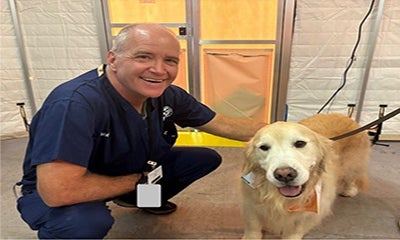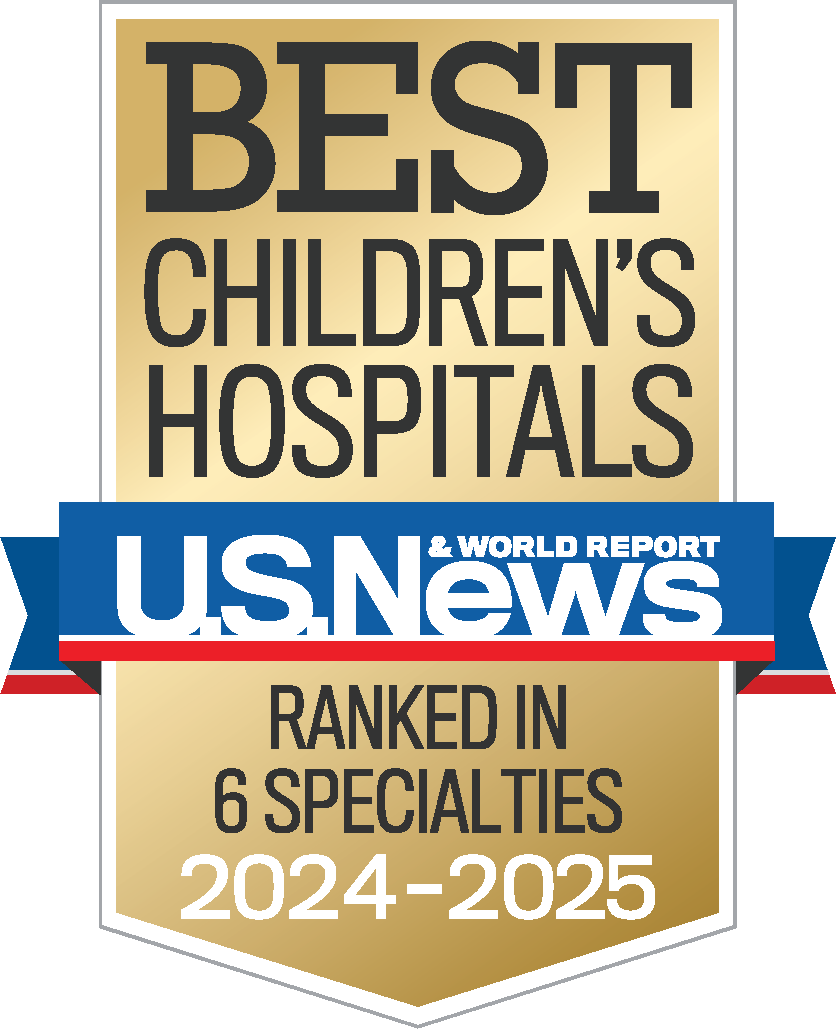Children’s of Alabama Emergency Department Pediatrician Assists with Hurricane Recovery
November 7, 2024
Categories: News
Birmingham, Ala. (Nov. 7, 2024) — Hurricane Milton will be remembered as the second-most intense Atlantic hurricane ever recorded over the Gulf of Mexico. Hundreds of properties were destroyed, and for some, lives changed forever. After Milton hit, dozens of first responders rushed to Florida to offer their help in whatever way they could—one of those first responders, Dr. Mark Baker, is a Children’s of Alabama emergency department physician.
Baker learned he was headed to Tampa shortly after Hurricane Milton hit. He was deployed with the National Disaster Medical System (NDMS) under the U.S. Department of Health and Human Services. He is a member of a 34-person team from the Alabama Disaster Medical Assistance Team. The NDMS is called in after a natural or manufactured disaster. According to its website, at the state’s request, the NDMS provides personnel, equipment supplies, and a partner hospital system that works with state and local personnel to provide care when Americans need it the most.
“We take call as a team three times a year and work as intermittent federal employees when activated,” said Baker.
Baker has been deployed with the NDMS nine times. His first deployment was in 2010 after an earthquake hit Haiti. He says most missions have been related to significant hurricanes or floods.
“I learn a lot every time I go out and feel that my expertise as a pediatric emergency physician compliments the skills of my team,” said Baker.
Baker says during this deployment, he worked as a medical officer along with another emergency medicine physician and an adult critical care/EMS physician. After the hurricane hit, several Florida hospitals were impacted by water and power failures. Baker says his team was assigned to an emergency department decompression mission outside a Tampa Level 2 Trauma/Referral Center.

“We set up a functioning 10-bed emergency department and separate staff billeting quarters in the hospital’s parking lot,” said Baker. “We were operational and seeing patients within 6 hours after arrival at the site.”
Baker says the impacted hospital came back online within a few days of the team’s arrival, and after four days, they could leave Tampa.
“Even though we did not treat many high acuity patients on this mission, we worked effectively as a team and are better prepared for the next federal response,” said Baker.
Not only does Baker work with the NDMS, but he also works closely with Children’s of Alabama Trauma and Emergency Preparedness Coordinator Drew Payne to ensure Children’s is prepared in case of a disaster emergency. He also works with the Pediatric Pandemic Network and Gulf-7 Pediatric Disaster Center of Excellence on improving deployable medical teams.









